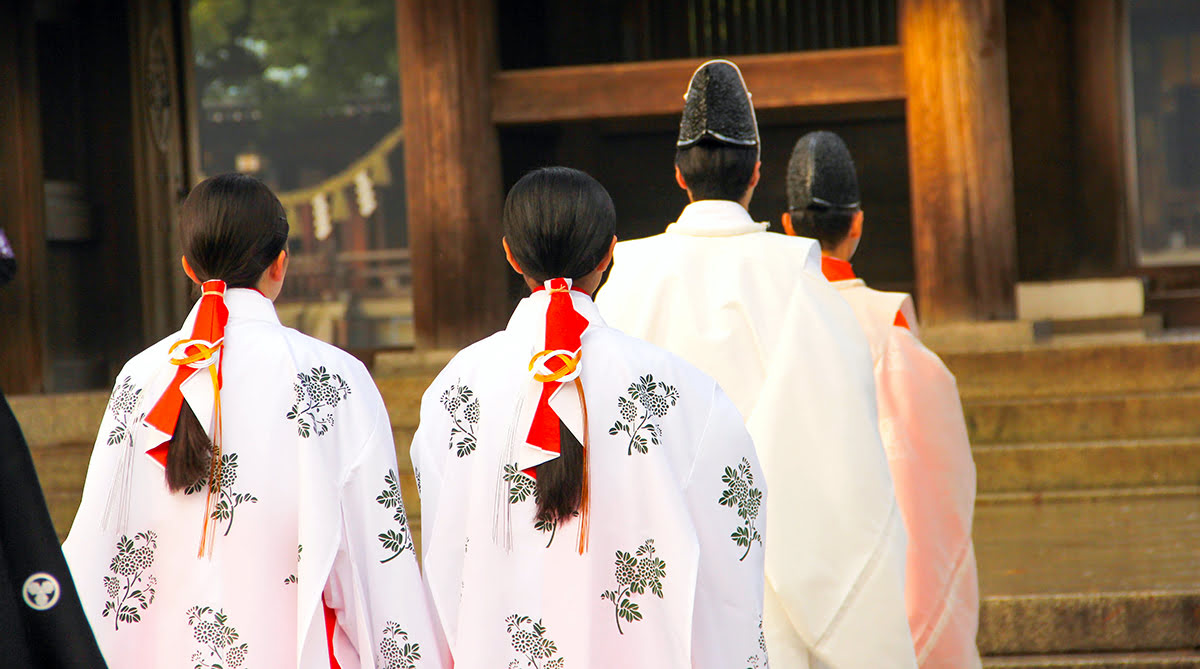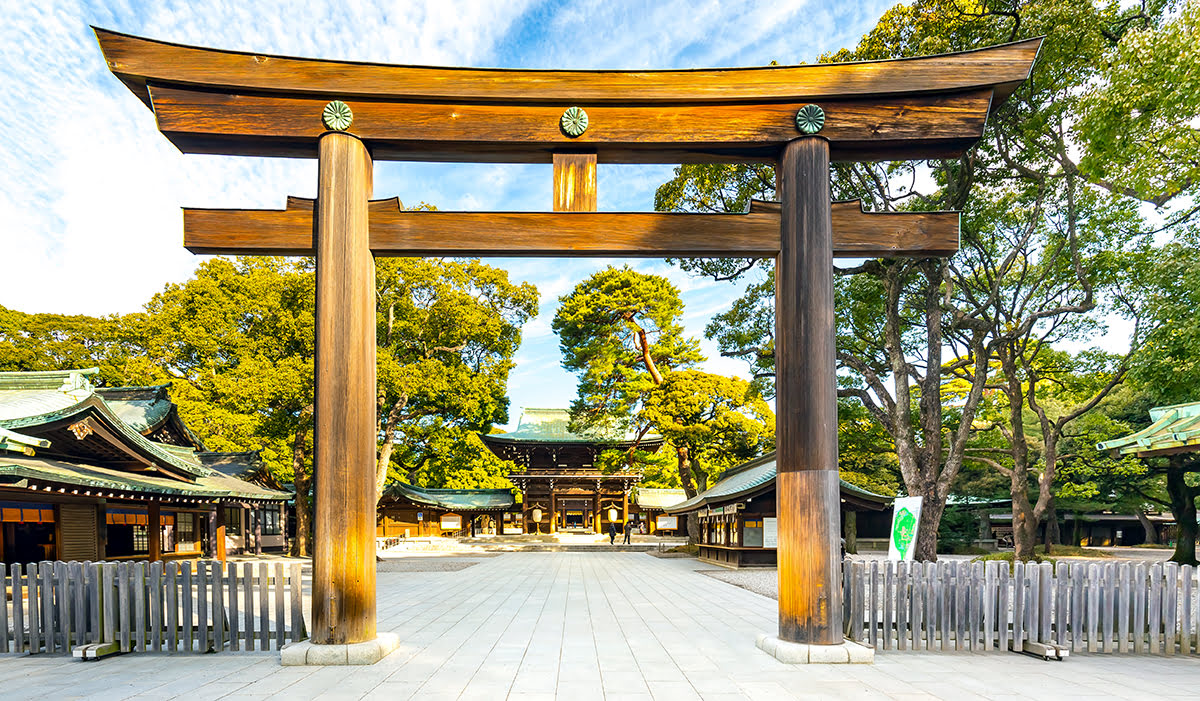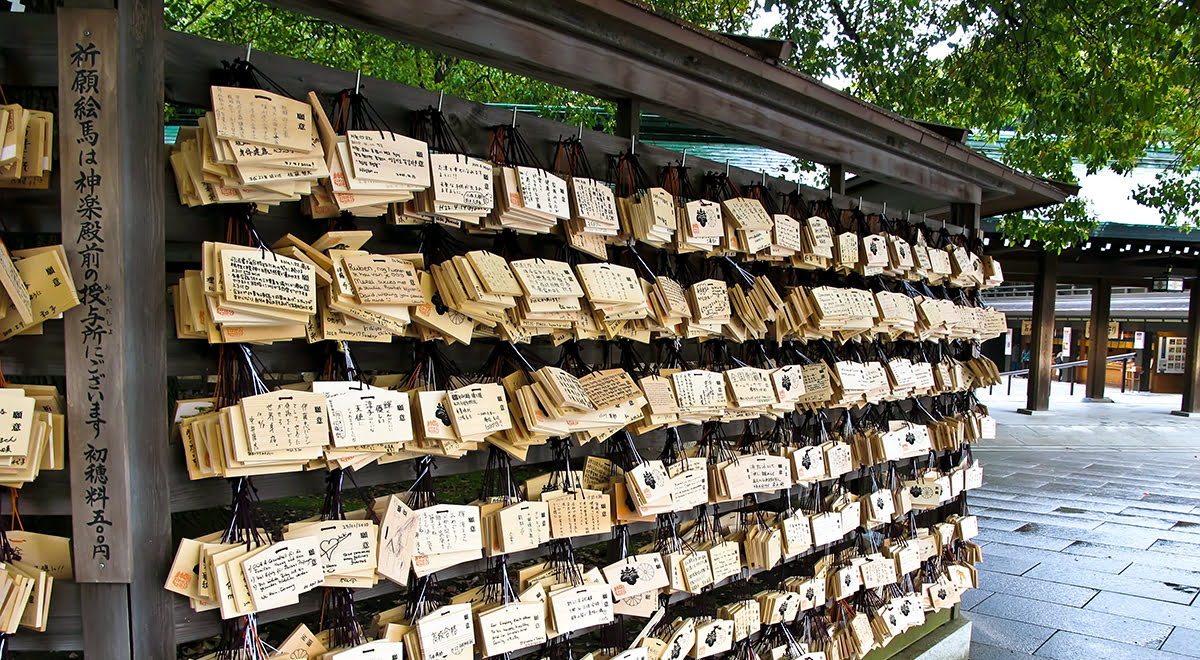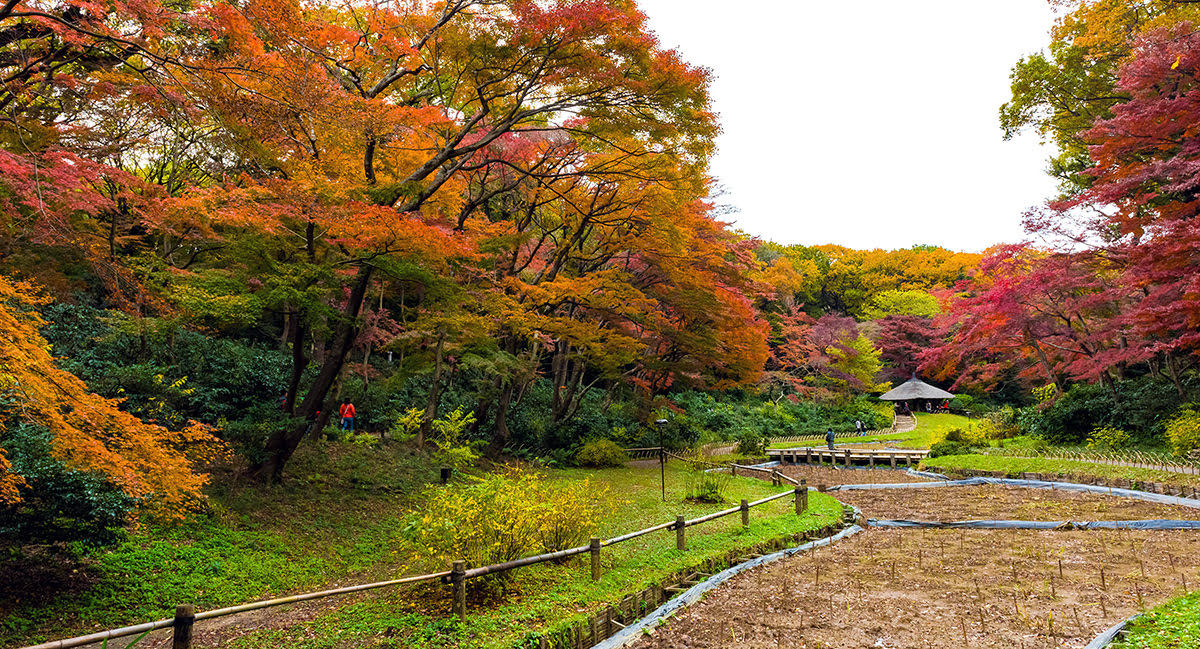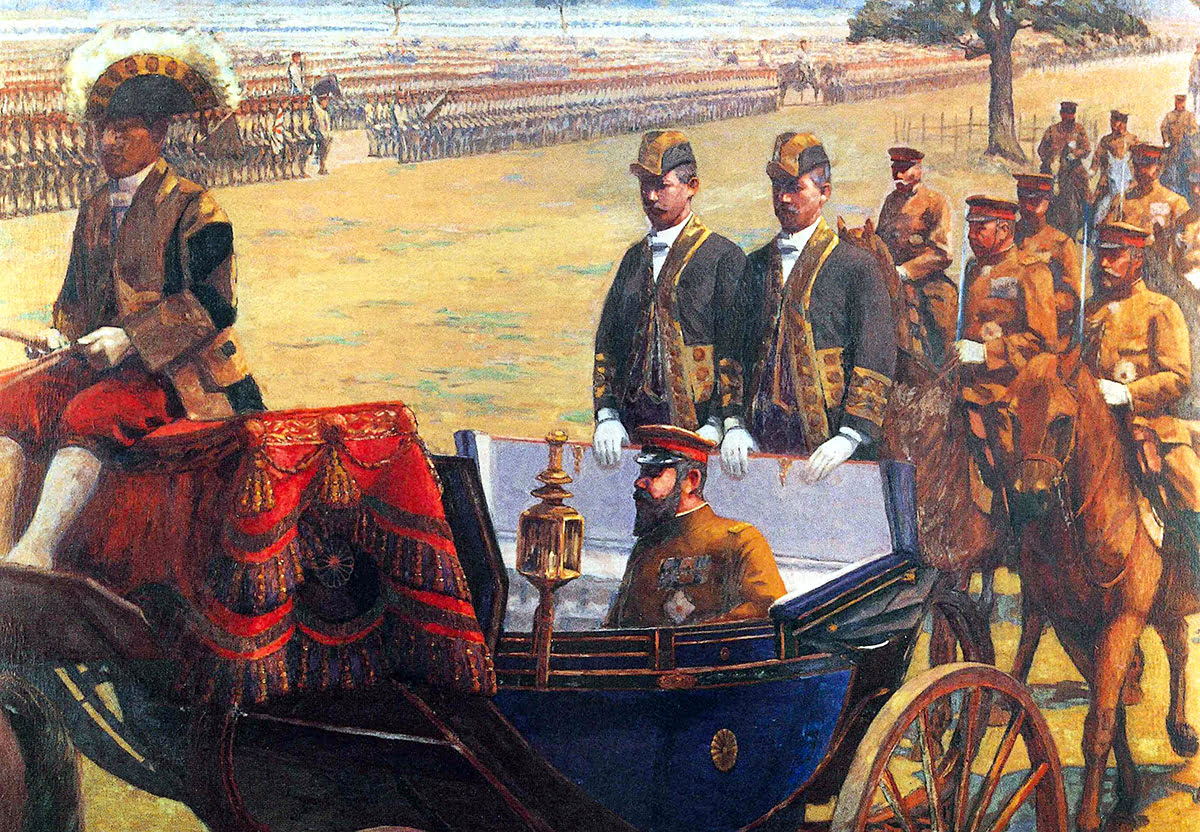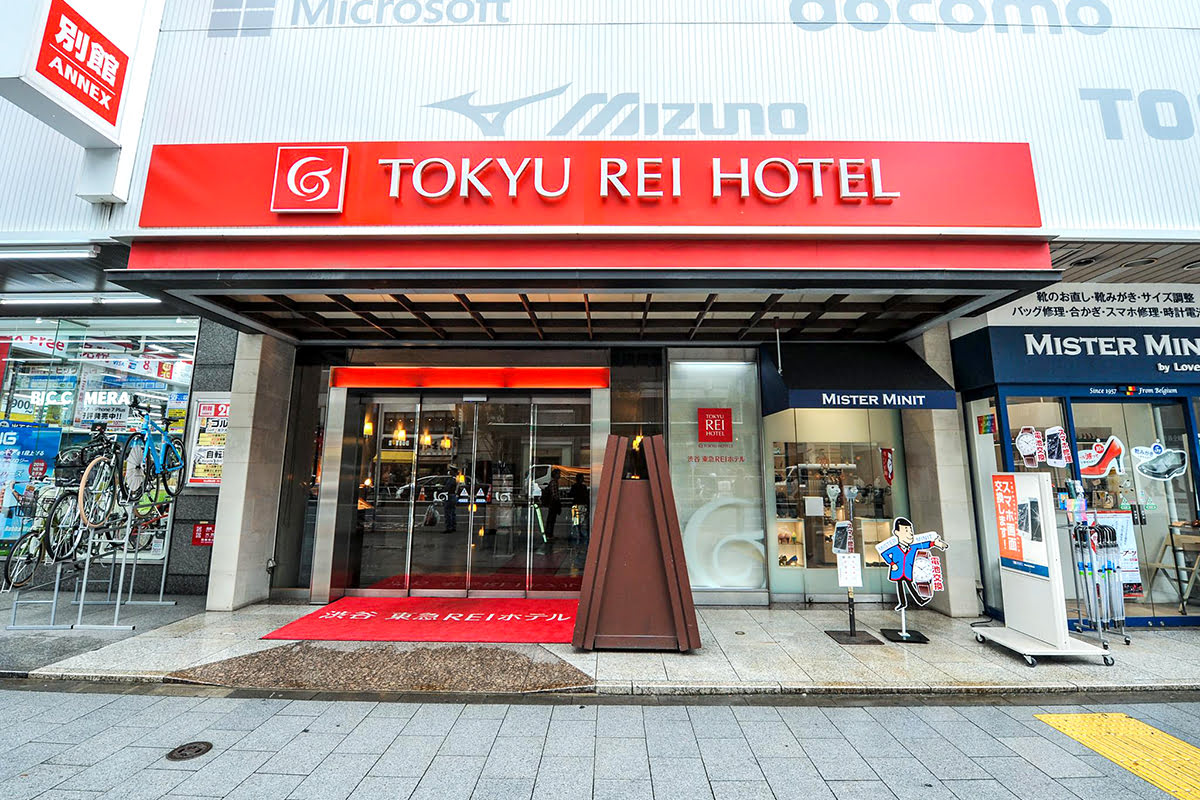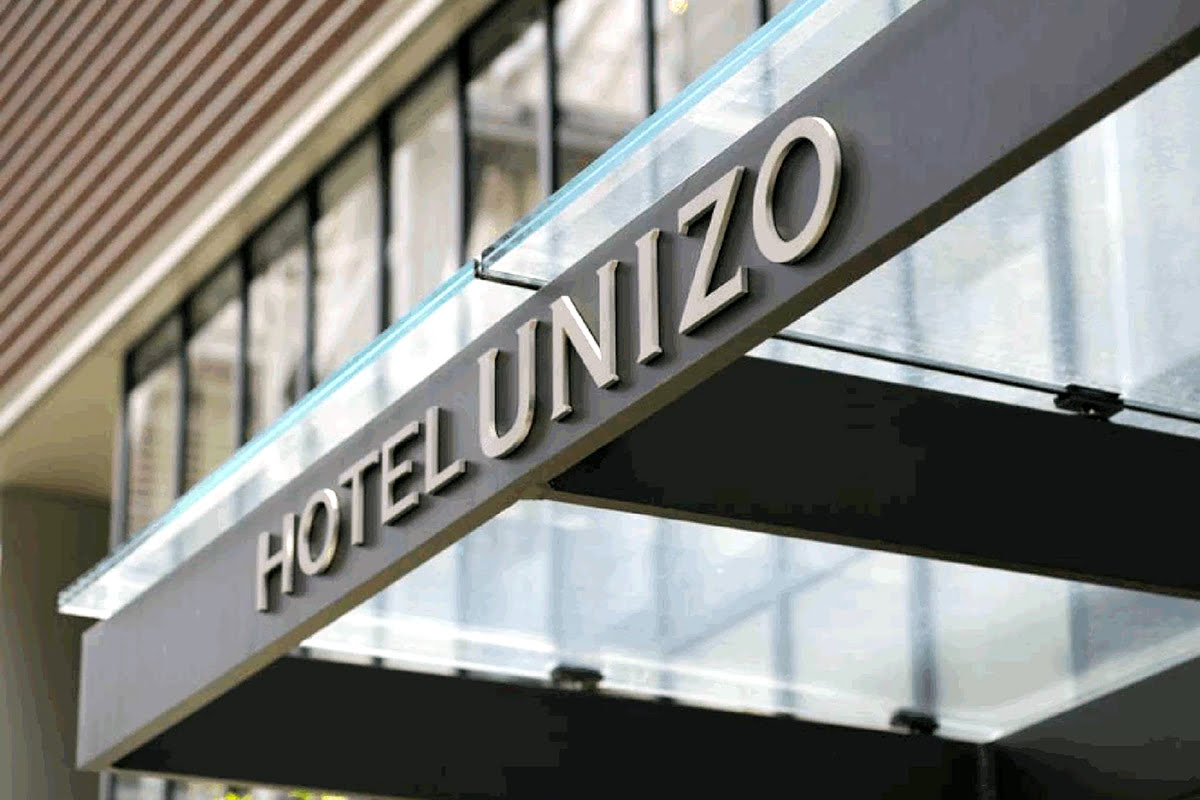Meiji Shrine in Tokyo – Guide to Hours, Admission & Surrounding Park

Meiji Jingu, which translates in English into Meiji Shrine, is a large Shinto shrine complex located in Tokyo‘s Shibuya district. The shrine was built to honor the deified spirits of Emperor Meiji and his consort and wife, Empress Shoken. Though a popular site among locals and tourists, it is also a wonderfully tranquil place in the middle of the hustling and bustling city where you can enjoy a relaxing stroll and learn a bit about Japan.
A brief history of MEIJI SHRINE
The history of the Meiji Shrine starts with Emperor Meiji himself, who was the first emperor of the Empire of Japan. Emperor Meiji was born in 1852 and ascended to the throne at just 15 years of age, in 1867. Under his and Empress Shoken’s guidance, Japan came out of isolation and went through a period of rapid modernization. Their reign, known as the Meiji period, marked the end of Japan’s feudal era and brought major changes to Japanese society.
Emperor Meiji and Empress Shoken passed away in 1912 and 1914, respectively, and the Meiji Shrine was built in 1920. The grounds and the shrine were destroyed during World War II but rebuilt once again in 1958. In order to help rebuild the beautiful forested grounds around the shrine, over 170,000 trees were donated to Meiji Shrine from all over Japan.
Today, Meiji Jingu is one of the most popular shrines in the entire country and is central in the religious practice of many Shinto adherents. During the first few days of the New Year, over three million visitors pass through the shrine’s gates to offer prayers, more than any other Shinto shrine in Japan. This is a custom known as Hatsumode, the first shrine visit of the new year. The shrine is also a popular site for traditional Shinto weddings, and it is not uncommon to catch sight of a marriage procession while visiting on weekends.
A guide for your first visit to MEIJI SHRINE
The entrances to the 200-acre grounds of the Meiji Shrine are marked by giant torii gates. Passing under a torii gate is meant to symbolize that you are entering a sacred space and leaving the everyday world behind. You’ll go through the first torii and continue down a trail flanked by cedar trees that completely drown out the sounds of the surrounding city districts, which are some of Tokyo‘s busiest. After about 10 minutes, the path leads to a second torii gate. Multiple torii gates are frequently used at Shinto shrines to signify increasing levels of sacredness. This torii gate marks the entrance to the shrine’s inner precinct, which is known as the Naien and consists of the shrine’s six main buildings.
A large portion of the shrine’s southern section is made up of the beautiful Inner Garden, which also requires an entrance fee to access. The Inner Garden is a particularly popular area to visit in June, when the irises are in bloom. A small well located in the garden is known for having magical powers. It is named Kiyomasa’s Well after a military commander who dug the well 400 years ago. Emperor Meiji and Empress Shoken are said to have visited the well.
As Meiji Shrine is considered to be a sacred site, there are a few simple actions you can take to express respect during your visit. When you enter and exit the grounds at a torii gate, it is customary to show respect by bowing once. Guests are asked to not take photos or videos inside or close to the shrine buildings in the Naien and to refrain from eating, drinking, and smoking unless they are in designated areas. Outside of the shrine buildings, you may also see people bowing twice, clapping their hands, and bowing once more to pay their respects.
Unique MEIJI SHRINE souvenirs and activities
On top of all the interesting things to see at Meiji Shrine, visitors also have the opportunity to take part in traditional Shinto activities. One of the most popular activities is to write out a wish or simply an expression of gratitude on a wooden tablet known as an Ema, which can be obtained from the amulet office. Many people take their Ema home, while others hang it up inside of the shrine. You can find available hooks year-round near the camphor tree on the shrine’s eastern side. On and around the New Year, however, there are hooks all around the shrine.
The amulet office also sells special talismans called Omamori and emblems called Ofuda. An Omamori is essentially a lucky charm. There are different Omamori for different purposes, such as ensuring good health or safe travels. Ofuda’s are commonly distributed at Shinto shrines and bear the name of the shrine and of the shrine’s deity. The Ofuda is partly wrapped in a piece of paper which can be inscribed with a wish. Sometimes, an Omamori in the shape of a little bag will contain an Ofuda.
In addition to the popular New Year’s rituals, a number of ceremonies and events are held at Meiji Shrine on a daily, monthly, and annual basis. There are twice daily prayers for worldwide peace and prosperity which are repeated twice a month during a longer ceremony. Some of the most important ceremonies throughout the year include the National Foundation Day festival in February, the Empress Shoken Memorial Ceremony in April, the Spring Grand Festival in May, and the Emperor Meiji Memorial Ceremony in July.
MEIJI SHRINE opening hours, admission, and access
The Meiji Shrine is open every day of the year from sunrise to sunset. There is no admission cost to visit the grounds, which are a very popular spot for picnics and relaxing strolls through the trees. The Nainen is likewise free to visit and open year-round, though the buildings and facilities inside the Nainen usually have shorter operating hours than the shrine grounds. They are open from 9 a.m. to 4:30 p.m. from March to October and 9 a.m. to 4 p.m. from November to February. There is also a ¥500 entry fee for the Inner Garden.
Visitors can easily reach the Meiji Shrine from a number of different train stations. You can take the Odakyu Line to Sangubashi Station, the Yamanote Line or Oedo Line to Yoyogi Station, the Fukutoshin Line or Chiyoda Line to Meiji Jingumae Station, the Fukutoshin Line to Kitasando Station, or the Yamanote Line to Harajuku Station. Meiji Shrine has three different entrances, one each on the west, north, and south sides of the park.
MEIJI JINGU GAIEN PARK: the Meiji Shrine’s outer precinct
Located just east of Meiji Jingu, Meiji Jingu Gaien Park is considered to be the shrine’s outer precinct. The park was constructed so that the memory of the Emperor and Empress and their virtues would not be forgotten through the ages. It was built entirely through donations by a group known as Meiji Jingu Hosankai and then donated to the Meiji Shrine in 1926, as soon as it was completed. Meiji Jingu Gaien Park is a large complex with plenty of outdoor space and one of the best places to see the fall leaves change color in Tokyo.
The central building of Meiji Jingu Gaien Park is the Kaigakan, also known as the Memorial Picture Gallery. Inside the striking building, you’ll find 80 large murals depicting the life of Emperor Meiji and Empress Shoken. Another important shrine building in the outer precinct is the Meiji Kinenkan, also known as the Meiji Memorial Hall. This memorial hall was once the site of many important government meetings, including the drafting of the Meiji Constitution. To learn some traditional Japanese arts such as calligraphy, flower arranging, or how to hold a tea ceremony, you can pay a visit to the Culture School.
Meiji Jingu Gaien Park is also home to many of Tokyo‘s main sporting facilities, including the Chichibunomiya Rugby Stadium, the Meiji Jingu Baseball Stadium, the Tokyo Metropolitan Gymnasium, a golf driving range, and an ice skating rink. It is also where you will find the National Stadium, which was the location of the 1964 Tokyo Summer Olympics. Numerous festivals are held at Meiji Jingu Gaien Park throughout the year as well, most notably the Ginkgo Festival in autumn.
Check In to a hotel or apartment near Meiji Jingumae Station
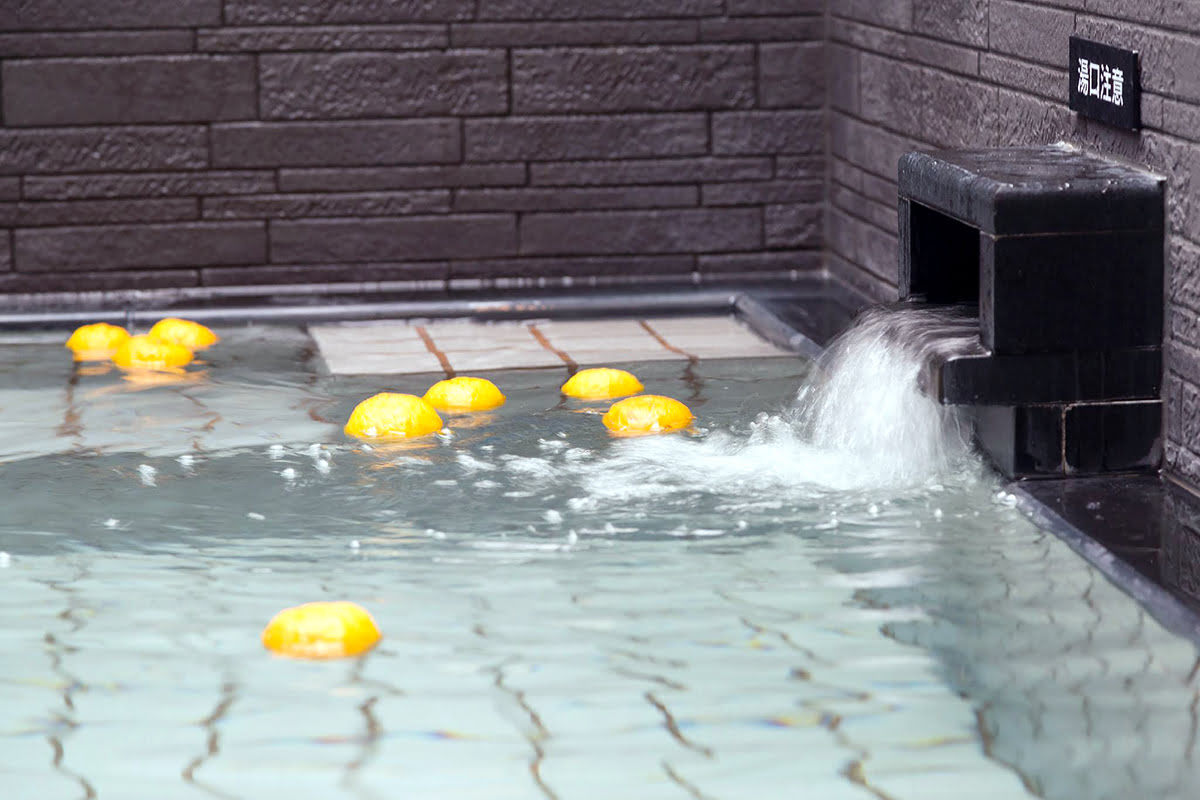 Dormy Inn Premium Shibuya Jingumae Hot Spring
Dormy Inn Premium Shibuya Jingumae Hot Spring
Step Out to Meiji Shrine
You may also like
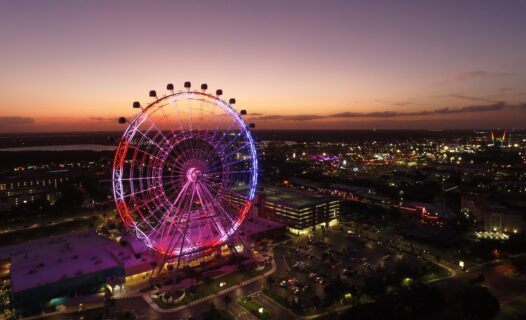
Embark on a culinary adventure in Orlando! From exquisite fine dining and vibrant food trucks to sustainable eats and lively festivals, discover the flavors that make Orlando a foodie's paradise.
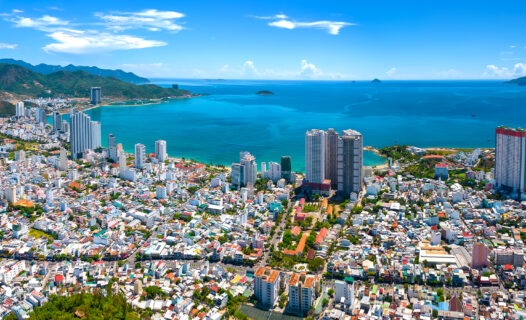
Dive into the ultimate Nha Trang shopping adventure! Explore bustling markets, chic boutiques, eco-friendly finds, and seasonal events in our detailed guide.
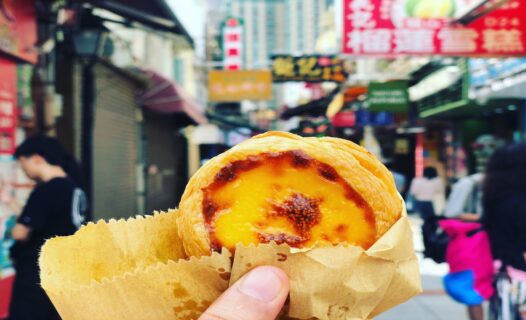
Embark on a culinary journey through Macau with our ultimate guide to its fusion flavors. Discover traditional dishes, insider dining tips, and vibrant food festivals that celebrate the best of Macanese cuisine.
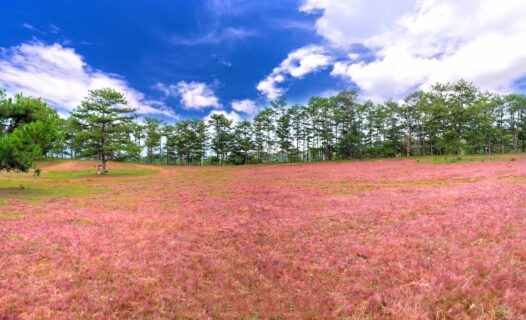
Dive into our captivating 3-Day Dalat Itinerary to uncover Vietnam's highlands gem. From serene lakes to historic sites, embrace adventure & relaxation in Dalat.

Embark on a captivating 7-day journey through Sydney, Australia. From iconic landmarks like the Opera House to the serene Blue Mountains and vibrant Darling Harbour, discover the best attractions the Harbour City has to offer.

Embark on a captivating 5-day journey through Istanbul, exploring historic wonders and cultural gems. Discover itineraries filled with majestic palaces, vibrant bazaars, and scenic cruises.

Embark on a delectable journey through Goa's culinary landscape with our comprehensive guide. Discover traditional Goan cuisine's fusion of flavors, from spicy vindaloos to sweet bebinca, and dive into local culture through markets, cooking classes, and sustainable dining.
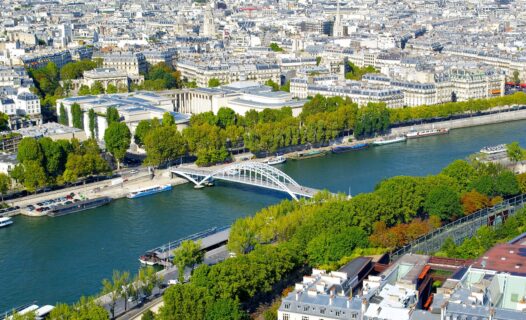
Discover the charm of Paris' arrondissements with our ultimate travel guide. From the historic heart of the city to hidden gems, find the perfect stay for every traveler.
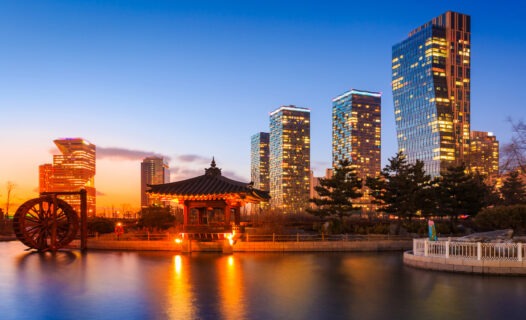
Uncover the best of Incheon in 5 days, from awe-inspiring historic sites to state-of-the-art modern marvels. Indulge in cultural tours, culinary delights, and breathtaking scenery.
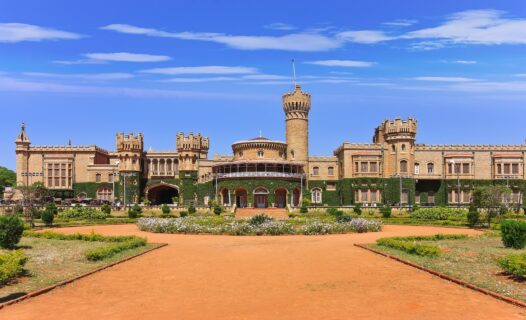
Dive into our 3 Days in Bangalore Itinerary to uncover the best of the Garden City. From royal palaces to tech hubs, enjoy a blend of culture, history, and nature.
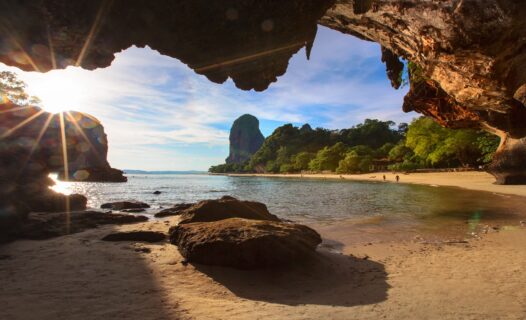
Dive into our exclusive 7-Day Krabi Itinerary on Agoda’s Travel Guide. Discover pristine beaches, lush jungles, and cultural treasures in Thailand's paradise.
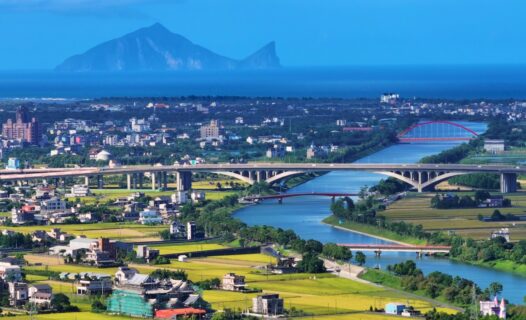
Embark on an extraordinary weekend getaway in Yilan with our curated itinerary. Discover lush landscapes, soak in natural hot springs, and indulge in local culinary delights.
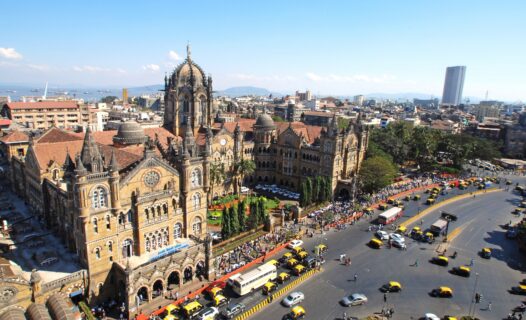
Dive into Mumbai's vibrant culture, history, and flavors with our detailed 3-day itinerary. Discover iconic landmarks, hidden gems, and culinary delights.
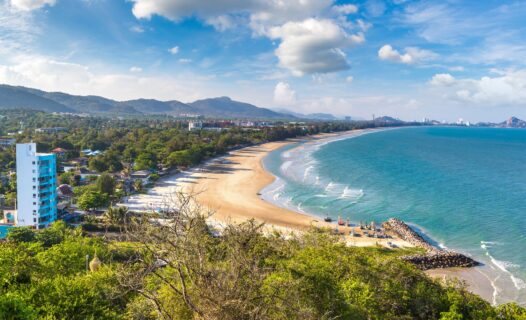
Embark on a 7-day journey through Hua Hin/Cha-am with our expertly crafted itinerary. Discover pristine beaches, royal palaces, and hidden gems.
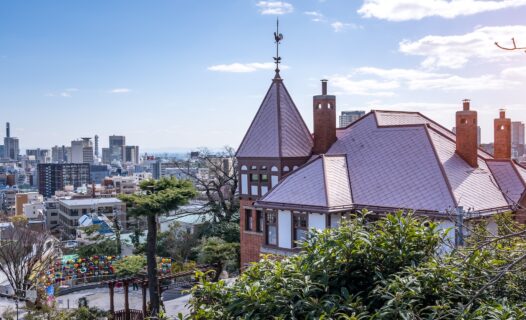
Embark on a captivating 3-day journey through Kobe, Japan. From historical landmarks to scenic beauty, discover the best of Kobe.

Uncover the best of Dallas with our exclusive 3-day itinerary. From iconic landmarks to hidden gems, discover why Dallas, TX, is a must-visit destination.
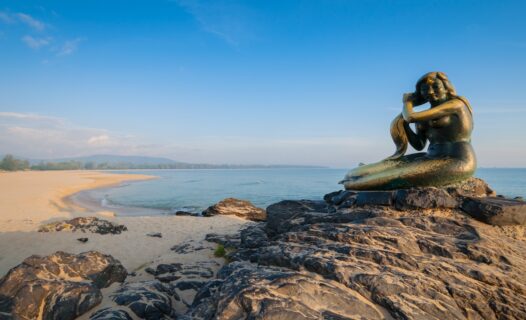
Discover the best of Hat Yai with our 5-day itinerary. From bustling markets to serene temples, experience the hidden gems of Southern Thailand.

Dive into our 5-day Nha Trang itinerary designed for adventure seekers! From island-hopping to scuba diving and cultural wonders, discover the best of Nha Trang with our expert guide.
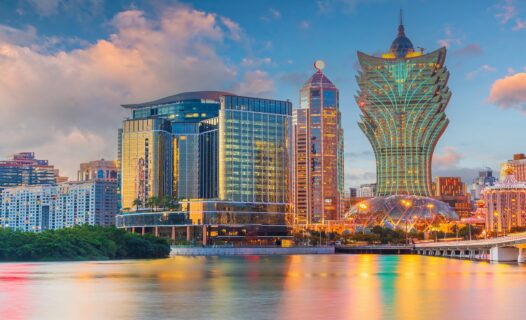
Dive into our engaging 3-Day Macau Itinerary to uncover the vibrant mix of history, culture, and exhilaration in Asia's Vegas.
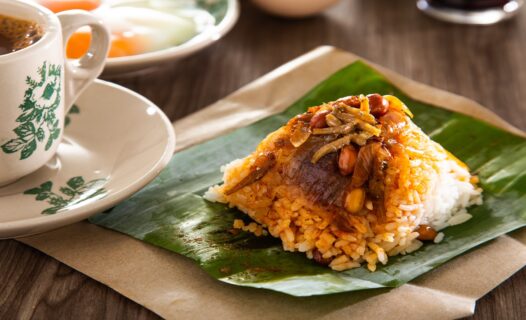
Dive into Ipoh's culinary paradise with our 3-day food lover's guide! Discover the best eats, hidden cafes, and cultural delights in Malaysia's gastronomic haven.

Unveil the magic of Orlando with our exclusive weekend getaway itinerary! From thrilling theme parks to serene gardens and vibrant nightlife, discover top attractions and local hidden gems.

Meiji Jingu, which translates in English into Meiji Shrine, is a large Shinto shrine complex located in Tokyo‘s Shibuya district. The shrine was built to honor the deified spirits of Emperor Meiji and his consort and wife, Empress Shoken. Though a popular site among locals and tourists, it is also a wonderfully tranquil place in the middle of the hustling and bustling city where you can enjoy a relaxing stroll and learn a bit about Japan.
A brief history of MEIJI SHRINE
The history of the Meiji Shrine starts with Emperor Meiji himself, who was the first emperor of the Empire of Japan. Emperor Meiji was born in 1852 and ascended to the throne at just 15 years of age, in 1867. Under his and Empress Shoken’s guidance, Japan came out of isolation and went through a period of rapid modernization. Their reign, known as the Meiji period, marked the end of Japan’s feudal era and brought major changes to Japanese society.
Emperor Meiji and Empress Shoken passed away in 1912 and 1914, respectively, and the Meiji Shrine was built in 1920. The grounds and the shrine were destroyed during World War II but rebuilt once again in 1958. In order to help rebuild the beautiful forested grounds around the shrine, over 170,000 trees were donated to Meiji Shrine from all over Japan.
Today, Meiji Jingu is one of the most popular shrines in the entire country and is central in the religious practice of many Shinto adherents. During the first few days of the New Year, over three million visitors pass through the shrine’s gates to offer prayers, more than any other Shinto shrine in Japan. This is a custom known as Hatsumode, the first shrine visit of the new year. The shrine is also a popular site for traditional Shinto weddings, and it is not uncommon to catch sight of a marriage procession while visiting on weekends.
A guide for your first visit to MEIJI SHRINE
The entrances to the 200-acre grounds of the Meiji Shrine are marked by giant torii gates. Passing under a torii gate is meant to symbolize that you are entering a sacred space and leaving the everyday world behind. You’ll go through the first torii and continue down a trail flanked by cedar trees that completely drown out the sounds of the surrounding city districts, which are some of Tokyo‘s busiest. After about 10 minutes, the path leads to a second torii gate. Multiple torii gates are frequently used at Shinto shrines to signify increasing levels of sacredness. This torii gate marks the entrance to the shrine’s inner precinct, which is known as the Naien and consists of the shrine’s six main buildings.
A large portion of the shrine’s southern section is made up of the beautiful Inner Garden, which also requires an entrance fee to access. The Inner Garden is a particularly popular area to visit in June, when the irises are in bloom. A small well located in the garden is known for having magical powers. It is named Kiyomasa’s Well after a military commander who dug the well 400 years ago. Emperor Meiji and Empress Shoken are said to have visited the well.
As Meiji Shrine is considered to be a sacred site, there are a few simple actions you can take to express respect during your visit. When you enter and exit the grounds at a torii gate, it is customary to show respect by bowing once. Guests are asked to not take photos or videos inside or close to the shrine buildings in the Naien and to refrain from eating, drinking, and smoking unless they are in designated areas. Outside of the shrine buildings, you may also see people bowing twice, clapping their hands, and bowing once more to pay their respects.
Unique MEIJI SHRINE souvenirs and activities
On top of all the interesting things to see at Meiji Shrine, visitors also have the opportunity to take part in traditional Shinto activities. One of the most popular activities is to write out a wish or simply an expression of gratitude on a wooden tablet known as an Ema, which can be obtained from the amulet office. Many people take their Ema home, while others hang it up inside of the shrine. You can find available hooks year-round near the camphor tree on the shrine’s eastern side. On and around the New Year, however, there are hooks all around the shrine.
The amulet office also sells special talismans called Omamori and emblems called Ofuda. An Omamori is essentially a lucky charm. There are different Omamori for different purposes, such as ensuring good health or safe travels. Ofuda’s are commonly distributed at Shinto shrines and bear the name of the shrine and of the shrine’s deity. The Ofuda is partly wrapped in a piece of paper which can be inscribed with a wish. Sometimes, an Omamori in the shape of a little bag will contain an Ofuda.
In addition to the popular New Year’s rituals, a number of ceremonies and events are held at Meiji Shrine on a daily, monthly, and annual basis. There are twice daily prayers for worldwide peace and prosperity which are repeated twice a month during a longer ceremony. Some of the most important ceremonies throughout the year include the National Foundation Day festival in February, the Empress Shoken Memorial Ceremony in April, the Spring Grand Festival in May, and the Emperor Meiji Memorial Ceremony in July.
MEIJI SHRINE opening hours, admission, and access
The Meiji Shrine is open every day of the year from sunrise to sunset. There is no admission cost to visit the grounds, which are a very popular spot for picnics and relaxing strolls through the trees. The Nainen is likewise free to visit and open year-round, though the buildings and facilities inside the Nainen usually have shorter operating hours than the shrine grounds. They are open from 9 a.m. to 4:30 p.m. from March to October and 9 a.m. to 4 p.m. from November to February. There is also a ¥500 entry fee for the Inner Garden.
Visitors can easily reach the Meiji Shrine from a number of different train stations. You can take the Odakyu Line to Sangubashi Station, the Yamanote Line or Oedo Line to Yoyogi Station, the Fukutoshin Line or Chiyoda Line to Meiji Jingumae Station, the Fukutoshin Line to Kitasando Station, or the Yamanote Line to Harajuku Station. Meiji Shrine has three different entrances, one each on the west, north, and south sides of the park.
MEIJI JINGU GAIEN PARK: the Meiji Shrine’s outer precinct
Located just east of Meiji Jingu, Meiji Jingu Gaien Park is considered to be the shrine’s outer precinct. The park was constructed so that the memory of the Emperor and Empress and their virtues would not be forgotten through the ages. It was built entirely through donations by a group known as Meiji Jingu Hosankai and then donated to the Meiji Shrine in 1926, as soon as it was completed. Meiji Jingu Gaien Park is a large complex with plenty of outdoor space and one of the best places to see the fall leaves change color in Tokyo.
The central building of Meiji Jingu Gaien Park is the Kaigakan, also known as the Memorial Picture Gallery. Inside the striking building, you’ll find 80 large murals depicting the life of Emperor Meiji and Empress Shoken. Another important shrine building in the outer precinct is the Meiji Kinenkan, also known as the Meiji Memorial Hall. This memorial hall was once the site of many important government meetings, including the drafting of the Meiji Constitution. To learn some traditional Japanese arts such as calligraphy, flower arranging, or how to hold a tea ceremony, you can pay a visit to the Culture School.
Meiji Jingu Gaien Park is also home to many of Tokyo‘s main sporting facilities, including the Chichibunomiya Rugby Stadium, the Meiji Jingu Baseball Stadium, the Tokyo Metropolitan Gymnasium, a golf driving range, and an ice skating rink. It is also where you will find the National Stadium, which was the location of the 1964 Tokyo Summer Olympics. Numerous festivals are held at Meiji Jingu Gaien Park throughout the year as well, most notably the Ginkgo Festival in autumn.
Check In to a hotel or apartment near Meiji Jingumae Station
 Dormy Inn Premium Shibuya Jingumae Hot Spring
Dormy Inn Premium Shibuya Jingumae Hot Spring
Step Out to Meiji Shrine
You may also like
